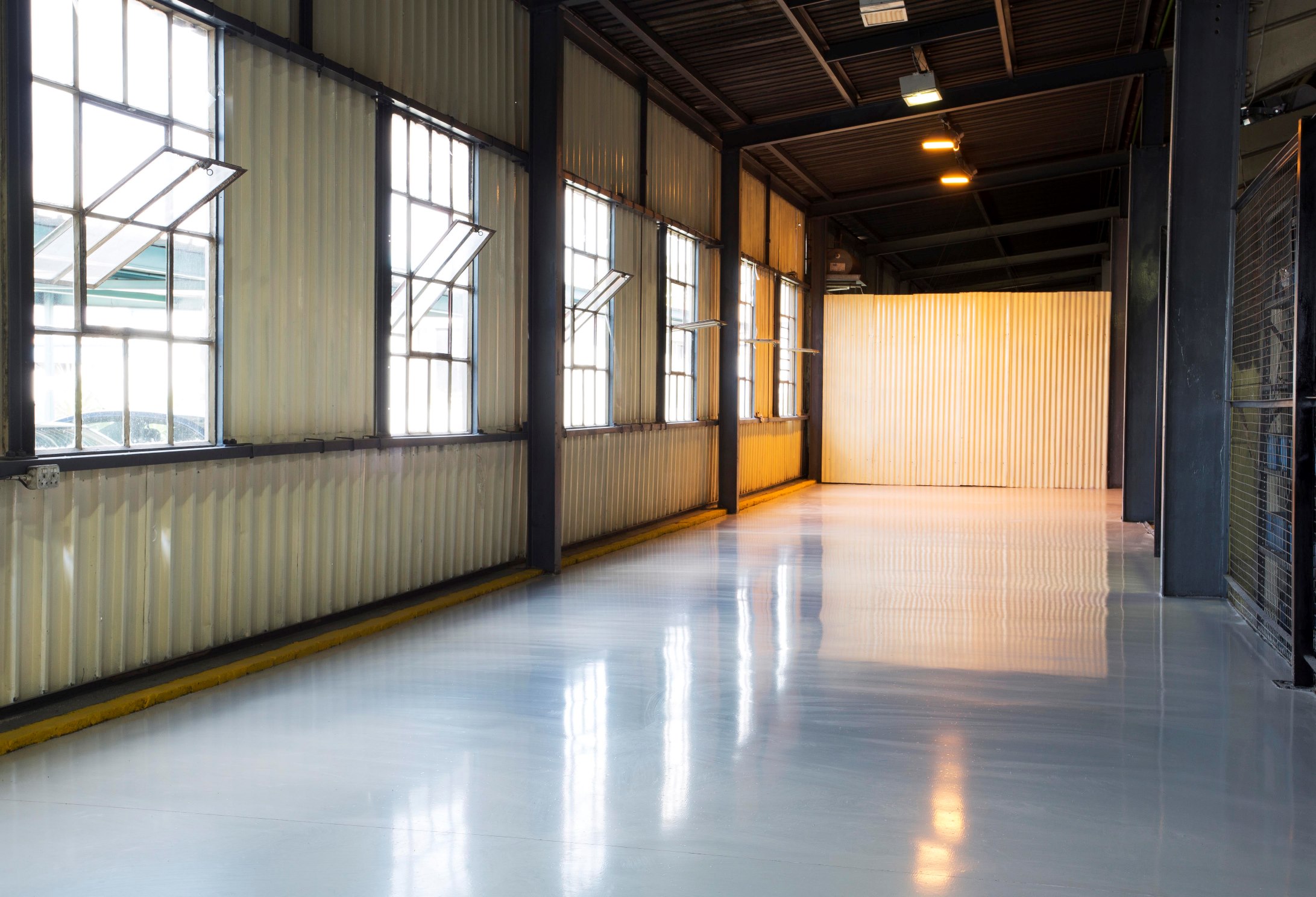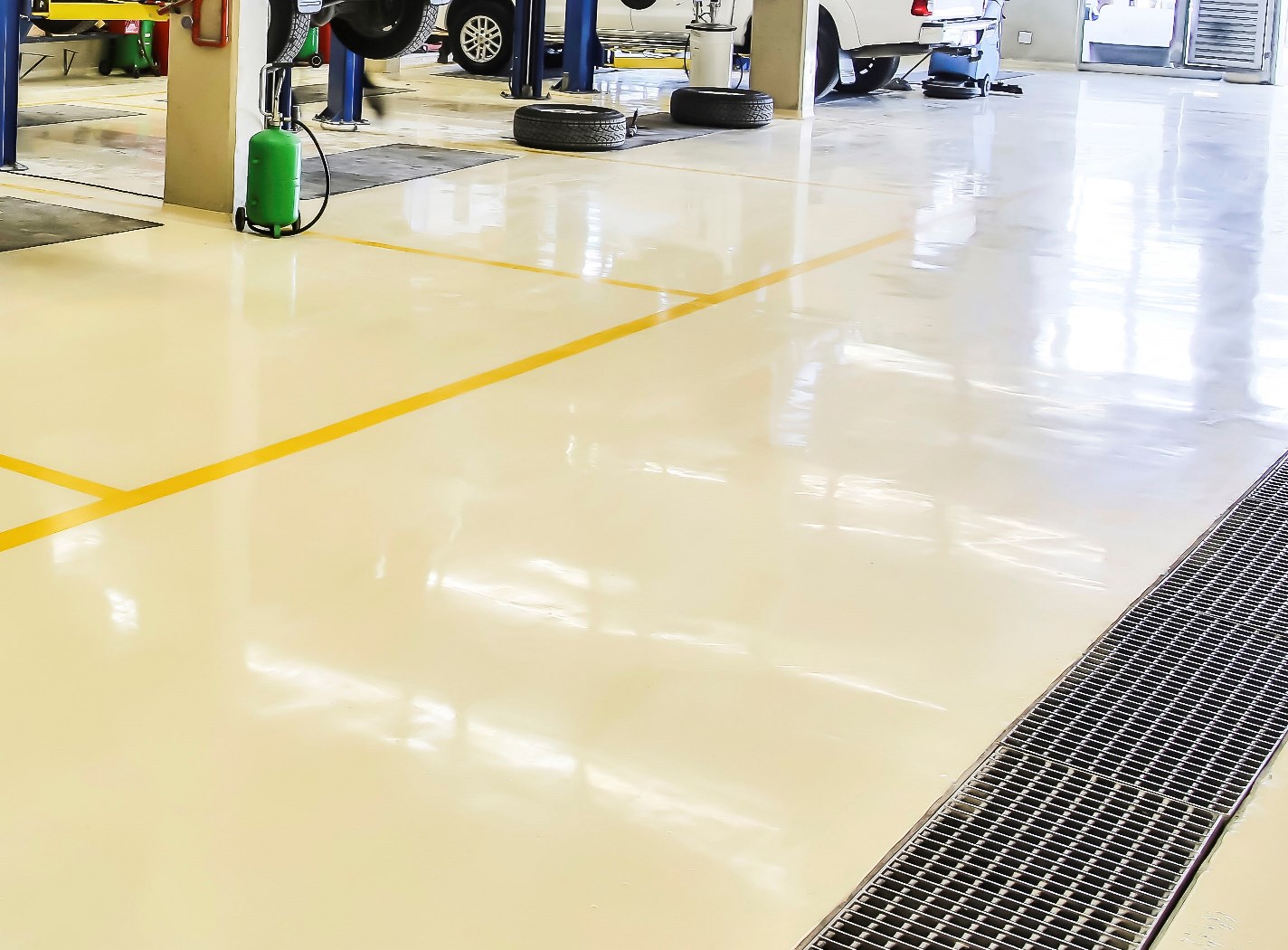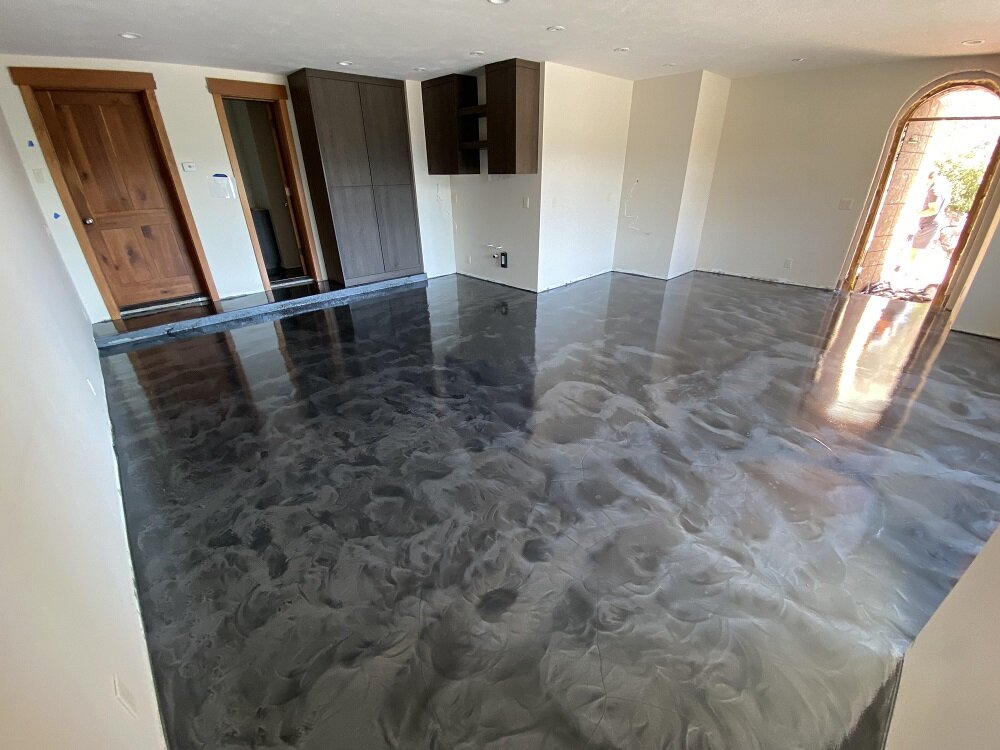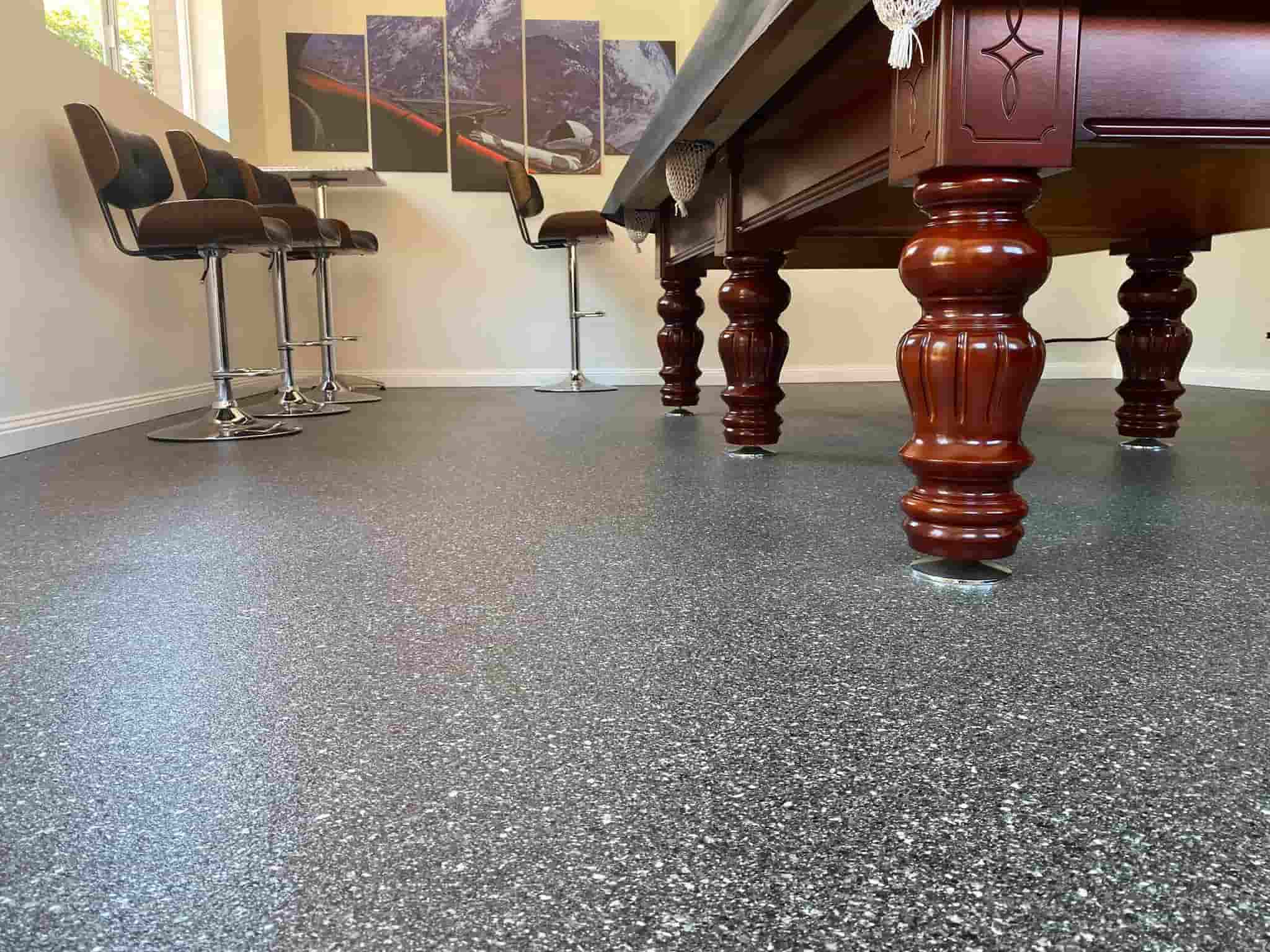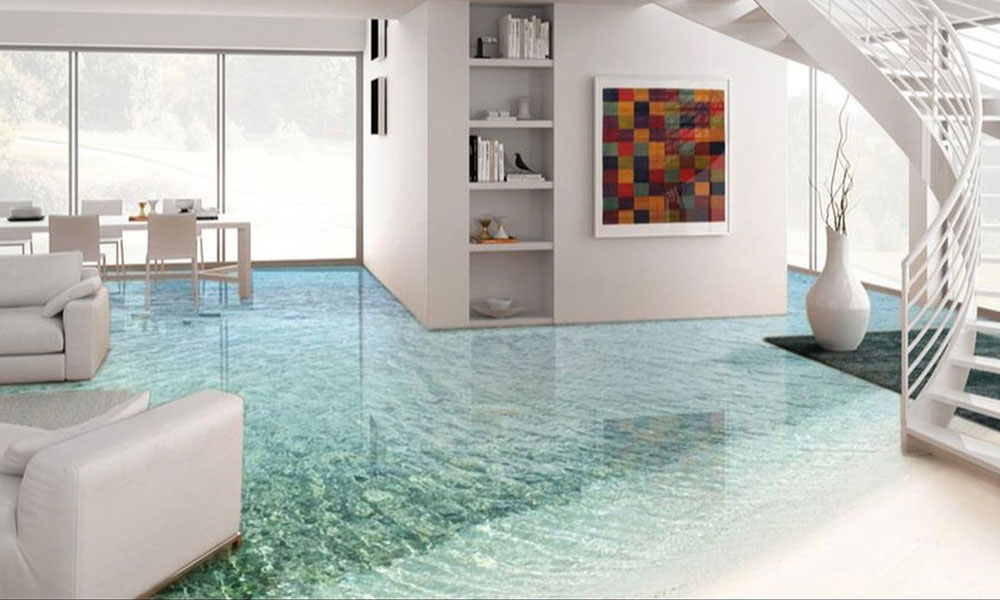Useful Information About Polyurethane Flooring
Although epoxies in general are one of the most popular floor coatings for commercial and industrial areas, urethane flooring (or polyurethane flooring) is still considered by many to be the most reliable and economical choice when it comes to a high-quality flooring. Urethane flooring is still an important choice when considering which flooring to use in your establishment, as it can better withstand scratching, impact, and abrasion.
What is the Difference Between Urethane and Polyurethane Coating?
Polyurethanes are polymers organically linked to a chemical group of compounds called carbamates. Polyurethanes can polymerize with any number of these carbamate groups and provide varying levels of chemical, moisture and bacterial protection. Ethyl carbamate (Urethane) is a sugar derivative that has nothing to do with polyurethanes and is a potential carcinogenic component of food and alcoholic beverages. Ethyl carbamate is actually an ester of carbamic acid and is not involved in the manufacture of any polyurethane.
The term “Urethane” is used synonymously with the term “Polyurethane” when referring to the manufacture and assembly of floor covering products. Both terms refer to a polymerizing carabamic compound that produces flexible, non-toxic floor coatings.
What is Polyurethane Coating or Urethane Floor Coating?
A polyurethane coating (or urethane flooring) is a highly resilient, highly abrasion resistant flooring known for its gloss and longevity. Developed by IG Farbin in 1937, polyurethane coatings were also used on a limited scale on World War II aircraft.
Currently, Polyurethane floors and urethane flooring are historically one of the most used products in building and architectural planning. Polyurethane floors are very flexible, allowing for high levels of foot traffic and the use of large machinery. In addition, polyurethane floors provide an extra level of abrasion resistance due to their resilient nature and remain shiny and new-looking even when in contact with abrasive materials such as glass, sand or concrete.
Are There Any Disadvantages of Polyurethane Flooring?
While there are many reasons why urethane flooring is still a popular choice, it does have a few downsides. Because it is such a thick compound, it must be applied in very thin coats to avoid uneven thickness and clumping. In addition, because a polyurethane floor finish needs to be applied in such a thin layer, it will not cover imperfections in the underlying surface as well as an epoxy or epoxy grout system. In this case, it is better to first apply a polyurethane coating on top of a layer of epoxy primer.
What are the Usage Areas of Polyurethane Coatings?
Because urethane coatings are very flexible and scratch resistant, they are excellent choices for warehouses and industrial complexes where large machinery will be housed. Plus, polyurethane coatings are gentle on animal paws, so they’re a good choice for veterinary labs and animal lab facilities. Finally, because urethane coatings are so durable and glossy, perfect showroom floors are covered with these products.
